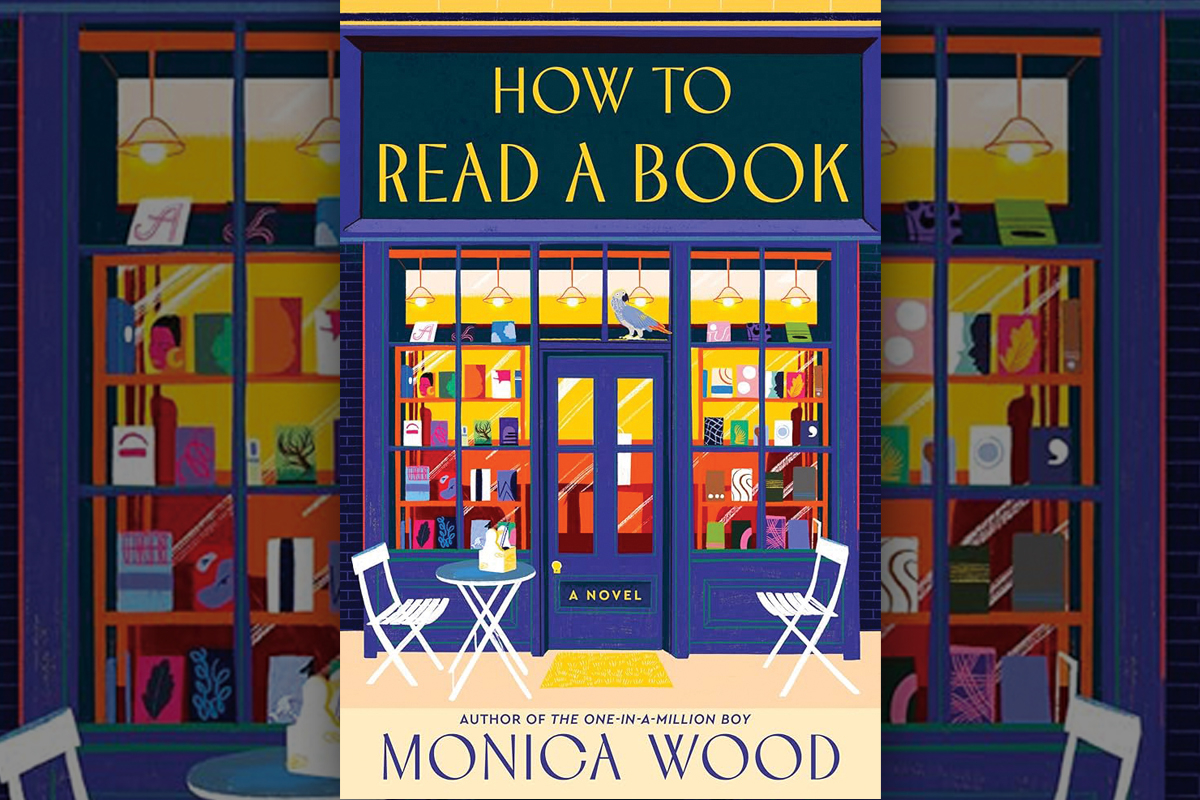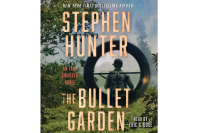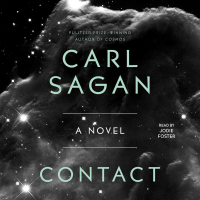Books, parrots, love and regrets

If Monica Wood’s “How to Read a Book” were a painting rather than a novel, it would be a triptych, one of those three-paneled works of art often hinged together so that it can be closed or displayed open.
We open, or unhinge if you will, “How to Read a Book,” and immediately meet Violet Powell, a 22-year-old inmate in a Maine prison. Violet’s crime was driving drunk and on the wrong side of a road, and causing the death of an older woman, a kindergarten teacher.
The second panel belongs to Harriet Larson, a retired teacher who leads a women’s book club in the prison. A widow, and soon to lose her niece Sophie, who is off to study for a graduate degree all the way across the country at Berkeley, Harriet has a great rapport with the imprisoned women, but dreads living alone once Sophie takes off.
Look at the third panel, and we find Frank Daigle, a retired machinist, 44 years on the job, whose wife Lorraine died in the car accident caused by Violet. Frank has picked up a job doing odd jobs and repairs around a local shop, Wadsworth Books. It’s here he meets and is attracted to Harriet, it’s here that Harriet later enters the shop with the newly-released Violet in tow, and it’s here that these three lives collide and then slowly come together.
There is much to love and admire in “How to Read a Book.” Wood deftly handles the entrances and exits of Violet, Harriet and Frank, weaving together their stories, showing how each of them confronts their past, present and future, all the while learning about love, forgiveness and moving on. She also does a fine job of depicting life inside the women’s prison, giving us both humor and pathos in the conversations and literary discussions that take place in the book club.
In addition, Wood shows us the conflicted feelings that each of her three main characters have toward their families. Violet’s sister, Vicki, and the rest of the family essentially disown her after she went to prison, blaming her for the subsequent death of her mother from cancer. Harriet has her ongoing struggles with the headstrong and opinionated Sophie while Frank battles with his daughter Kristy, who’s upset by what she considers his subdued reaction to Lorraine’s death, unaware that her mother was having an affair and intended to divorce Frank before the fatal car crash.
Related Items
Readers who enjoy “books about books” will find an abundance of literary references here. The prison book club becomes especially enamored with Edgar Lee Masters’ “Spoon River Anthology,” where the voices of the characters speak from beyond the grave, laying out all their guilts, thwarted loves and ambitions. They also fall in love with the verse of William Butler Yeats, especially his “When You Are Old,” and the poetry of Maya Angelou, and even try their own hand at composing poems.
Of particular interest are the parrots we meet in Wood’s story. Yes, that’s right, parrots. Post-prison, Violet finds work in a university lab with Dr. Petrov, a behavioral psychologist studying avian cognition through parrots, teaching them to identify by human words the shape and color of objects. In a note at the end, Wood relates that this part of “How to Read a Book” is not fictional, and like Olivia, we find ourselves astounded by the tasks these parrots can perform and their grasp of language.
My one quarrel with “How to Read a Book” is its negative treatment of Christians. While visiting her mother’s grave, Olivia runs into her sister and her Aunt Pammy. Her aunt is a worn-out stereotype, a fire-and-brimstone Christian who’s all about judgment and nothing about compassion. As if that’s not enough, in this scene we learn that the minister of Aunt Pammy’s tiny church also molested Olivia when she was a young teen. Discussions of religious faith pop up several times in the book, which given the situations of different characters is actually natural, yet despite a general scorn for Christian faith none of them seems possessed of an iota of knowledge regarding the Bible or belief.
The intrusion of these scenes and asides into the story were confusing. Were they some sort of anti-Christian squibs? Did the author intend them to mirror today’s religious confusion?
That criticism aside, I highly recommend picking up a copy of “How to Read a Book.” It entertained, it made me think, it gave me some insights into the world around me, including talking parrots in a lab, and it made me understand a little bit more about human nature.
In short, “How to Read a Book” does what all good fiction should do.
(Jeff Minick reviews books and has written four of his own: two novels, “Amanda Bell” and “Dust On Their Wings,” and two works of nonfiction, “Learning As I Go” and “Movies Make the Man.” This email address is being protected from spambots. You need JavaScript enabled to view it..)

















